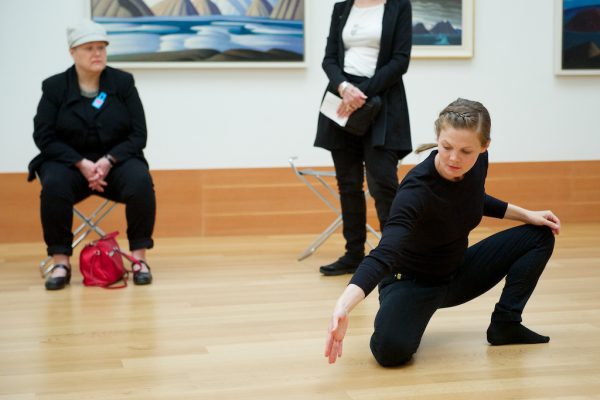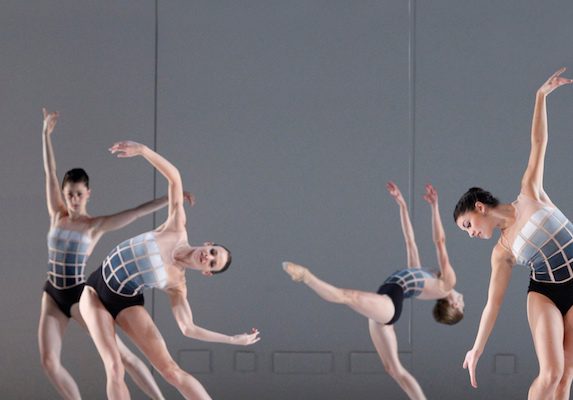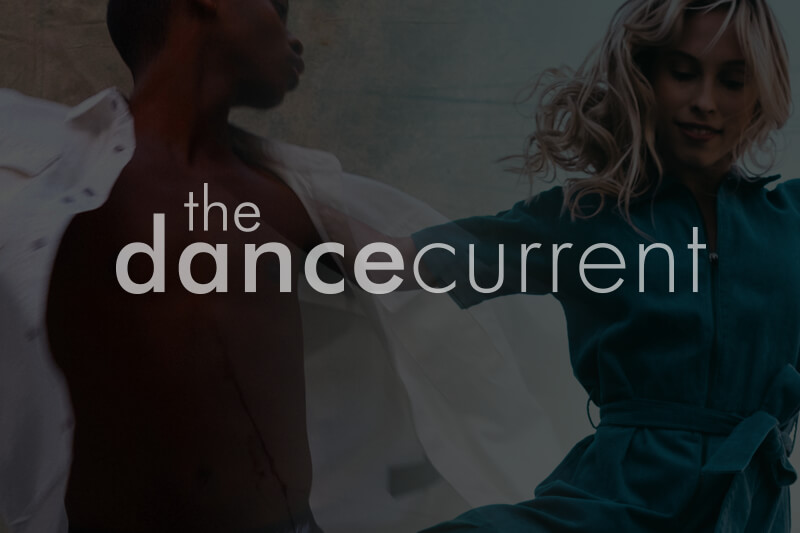My immediate thought after the lights dimmed on that “F” word was that I should have brought my almost eight-year-old daughter to watch the show. She would have been entertained watching all the young women performing a piece that was not weighed down by its exploration of feminism — yup, that f word. And it would have been great for her to see this phalanx of female dancers literally (a word my little one is in love with these days) make space for themselves.
Was that “F” word an example of stellar dancing? Was the choreography moving? Did it make some sort of artistic statement? Not really. It makes sense that this dance performance debuted at the Fringe Festival last year, which has a mandate to offer a platform to those on the “fringes” to create art at a grassroots level. that “F” word was recently staged as part of Next Stage Festival at the Factory Theatre in downtown Toronto.
The show is definitely enjoyable. I was nodding my head to some of the parts of the performances, leaning in to absorb the duet between Melissa Hart and Samantha Schleese who make up SaMel Tanz; the sixty minutes of performance went by quickly. In fact, as much as I am not a fan of Nicki Minaj’s song Anaconda, it was such a joy to see all the bgirls really represent onstage that now the song in stuck in my head — but in a good way.
So let’s break it down, shall we?
After SaMel Tanz won the a spot in last year’s Toronto Fringe Festival, which is programmed by a lottery system versus a juried selection, they started talking through ideas with other women dancers they have collaborated with in the past, Hart told me in a phone conversation several weeks before the show. Feminism — or the way many of the dancers were navigating their lives as women, dancers or not — was something they kept coming back to. The result was a show that featured moments in these young women’s lives told through movements from an assortment of dance forms — contemporary, hip hop, even a bit of Argentine tango.
The show started with the women dancing in and out of formations, focusing on contemporary dance moves. Dressed in white shirts and shirts and dark pants, the women became poetry in some instances. This was followed by several other segments — some solos, some duets, some smaller groups and some involving all eighteen dancers. There was a bit of interpretive hip hop choreography, moving to the words of Nicki Minaj talking about sexism in the music industry and the difference between “being a bitch” and being “bossed up.” (Ergo, the segment featuring the song Anaconda.) There were a couple of other similar interpretations of recorded voices, which broke the flow of the dancing.
Without a doubt, the most hilarious part of that “F” word was their take on the old Venus razor ad featuring that extremely boppy eighties number by the British female band Bananarama. The pageant-like, Busby Berkeley quality to the segment, as well as the lighthearted commentary on body image, was fun.
I understand that the show has changed from the earlier presentation at Toronto Fringe Festival. Besides the name change — going from the “F” word to that “F” word to hammer in the feminism part of the piece — SaMel Tanz also took out some of the monologues featured in the first version. Perhaps they could also rethink the Argentine tango segment. I claim no deep knowledge of Latin ballroom dances, beyond an avid love for them as a viewer, but even I could see an assortment of technical shortfalls. Other than Melissa Hart, who has trained in this very structured form, the dancers just didn’t have the frame for it.
In a way, the Argentine tango could also be an example in which that “F” word didn’t quite live up to its full potential. As it happens, Hart started learning Argentine tango when instructors at a ballet school that she studied at decided that she did not have the body for ballet. Hart is a petite powerhouse who started out as a figure skater, unlike the taller, whiter contemporaries she was studying with. Just that little anecdote could have been a point of exploration of what it means to be a female dancer. Or perhaps they could have questioned the way gender roles play out in forms such as the Argentine tango.
However, there were other standout performances. Holly “Pocket” Horner shone on the stage. Her popping and locking and animation were on point. (Apparently, she has a habit of stealing the show, and I look forward to following her career. #femmebot) The aforementioned duet between Hart and Schleese was telling in their years of training and dancing with each other. Lilly Giroux also had a presence onstage, beyond her dance capabilities, that grabbed my attention.
I can’t say that “F” word has led me to any deep ruminations — either on feminism or on the dance. But it was a joy to see these young women express themselves onstage. As the show came to a pulsating end, I could feel the energy of this female collective. It’s wonderful to see young women support each other in their growth as dancers. If they don’t get more chances to strut their stuff onstage in the near future, I am sure they will create them. And more power to them to do just that.
~





